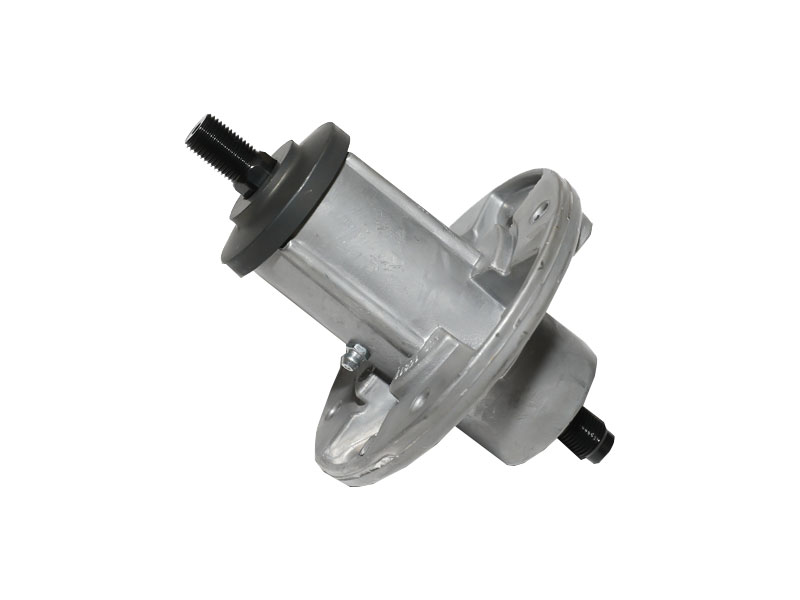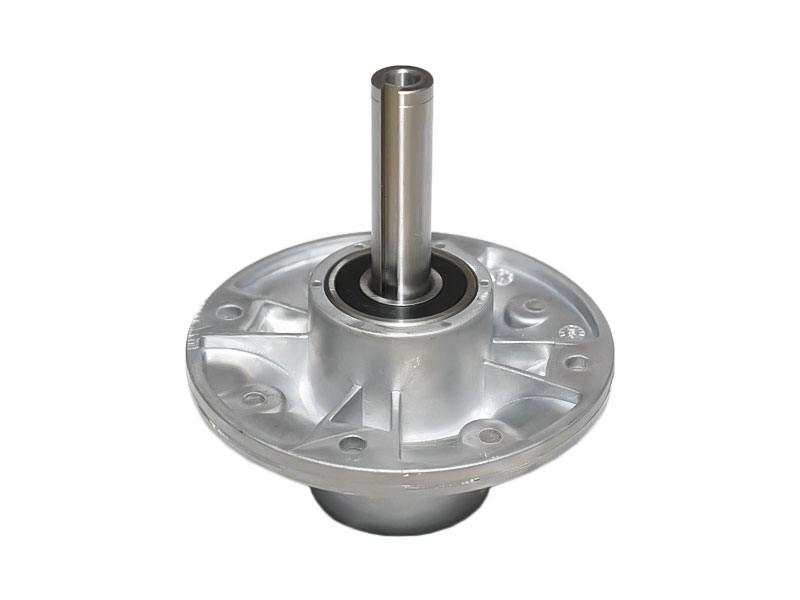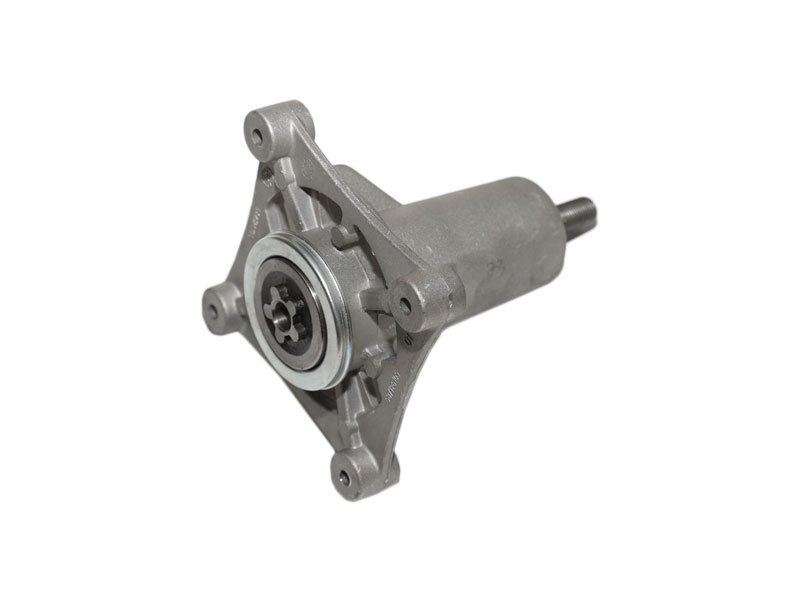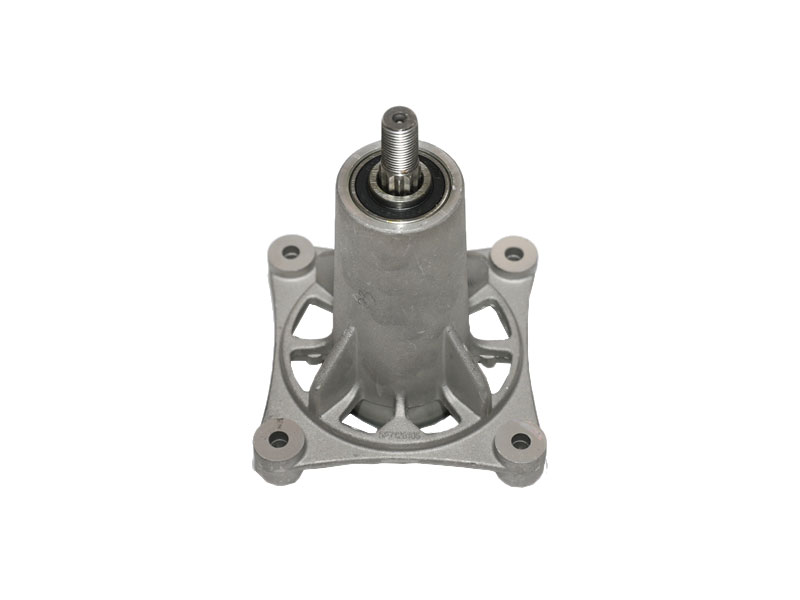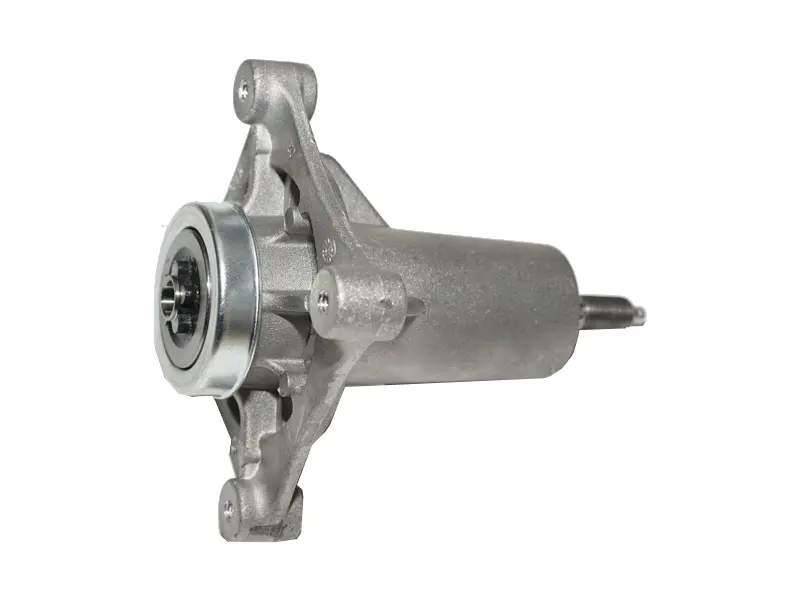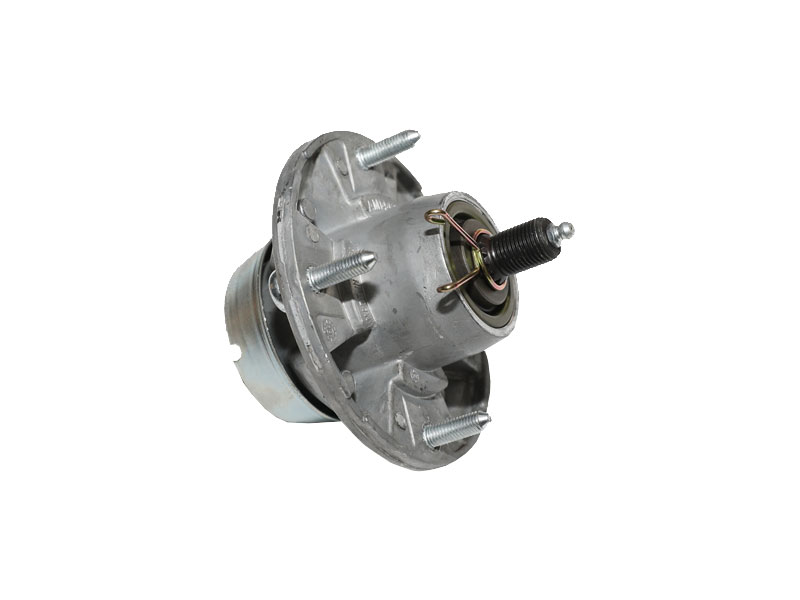The mechanical advantage of a pulley system is a measure of how much the system amplifies the force applied to it. It is calculated by comparing the input force (the force you apply to the system) to the output force (the force the system exerts to lift the load). The mechanical advantage (MA) of a pulley system can be calculated using the following formula:
MA = Output Force / Input Force
However, the calculation can become a bit more complex depending on the type of pulley system you're dealing with. There are two main types of pulley systems: fixed pulley systems and movable pulley systems.
Fixed Pulley System:
In a fixed pulley system, the pulley is attached to a fixed point and only changes the direction of the force applied. The mechanical advantage of a fixed pulley system is always 1, because it doesn't provide any force amplification. The only advantage is that it changes the direction of the force.
Movable Pulley System:
In a movable pulley system, the pulley is attached to the load and moves along with it. This type of system provides a mechanical advantage greater than 1. The calculation of mechanical advantage becomes a bit more involved due to the effect of multiple pulleys.
For a movable pulley system, you need to consider the number of supporting strands of the rope. The mechanical advantage can be calculated using the formula:
MA = 2 * Number of Supporting Strands
Each additional supporting strand effectively doubles the mechanical advantage. So, if you have a system with two supporting strands (ropes), the mechanical advantage would be 2 * 2 = 4.
It's worth noting that real-world pulley systems may involve friction, which can reduce the actual mechanical advantage from the theoretical value. Also, keep in mind that pulley systems are often combined in more complex arrangements, so the calculation of mechanical advantage can become more intricate.
In summary, calculating the mechanical advantage of a pulley system involves understanding the type of pulley (fixed or movable) and the number of supporting strands in the case of a movable pulley system.
 English
English 中文简体
中文简体 Español
Español svenska
svenska




